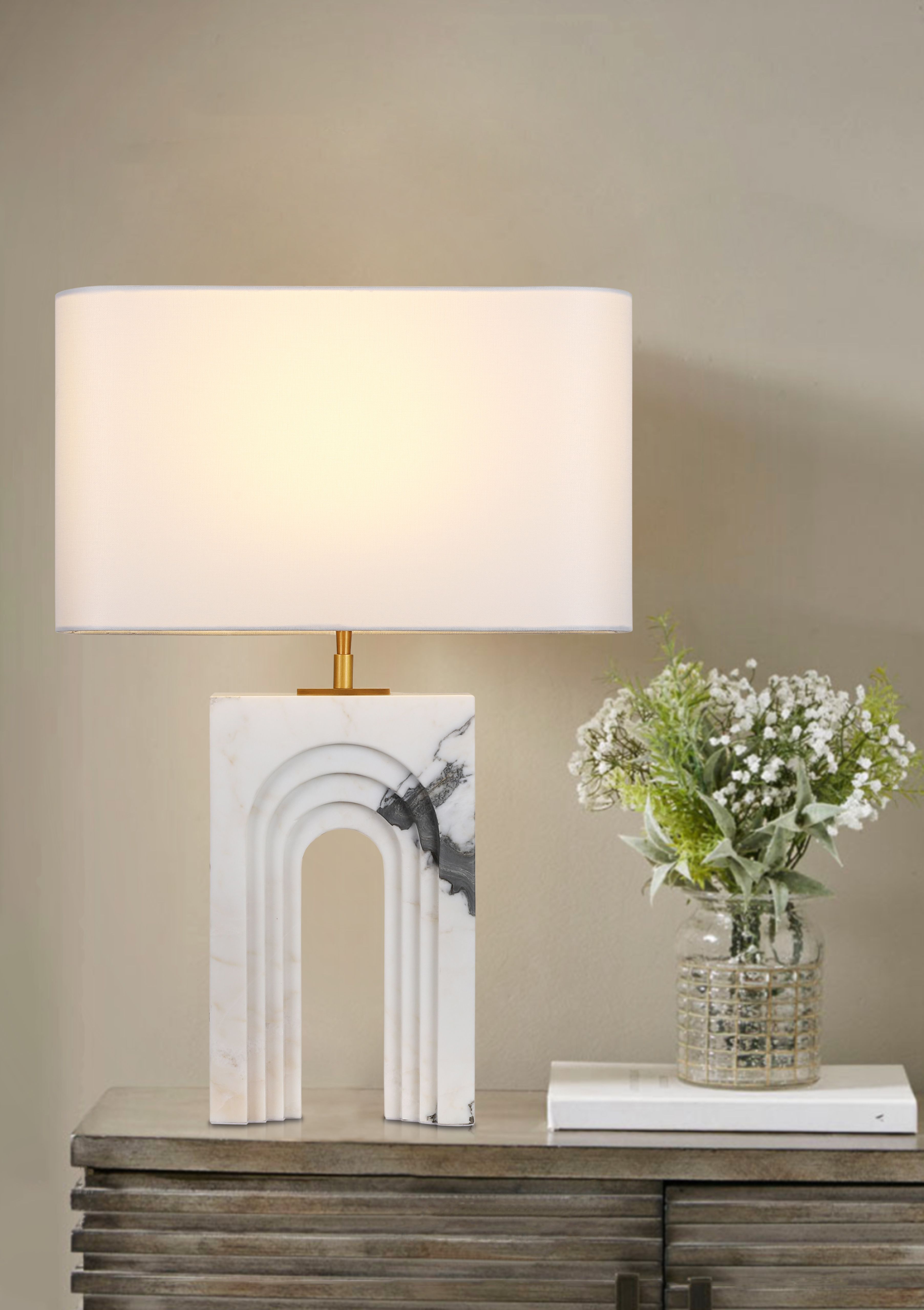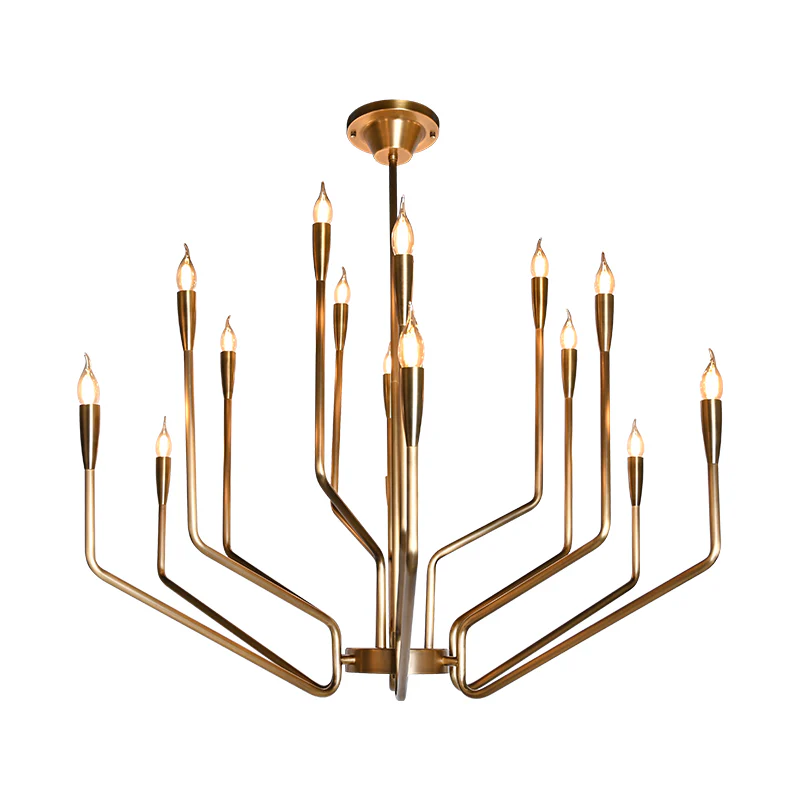The Enchantment of Turkish Lamps: A Blend of Art and Functionality
The Enchantment of Turkish Lamps: A Blend of Art and Functionality
Introduction to Turkish Lamps
In the world of decoration and ambiance, few items are as captivating as the Turkish lamp. These alluring light fixtures, with their mesmerizing patterns and vibrant colors, not only illuminate a space but also add a touch of cultural richness and artistry. If you are considering enhancing your home’s decor, whether in your living room, bedroom, or hallway, embracing Turkish lamps can transform your environment into a magical oasis. This article will delve into the history, styles, and selection tips for Turkish lamps, along with their cultural significance.
History of Turkish Lamps
The origins of Turkish lamps can be traced back to the Ottoman Empire, where artisans created these decorative pieces to provide light in palaces and homes. The craftsmanship involved in creating a Turkish lamp is a blend of glasswork, metalwork, and artistic creativity. Typically, these lamps are handmade, preserving the traditions of skilled artisans who have passed their techniques down through generations. As the Ottoman Empire expanded, so did the popularity of Turkish lamps, which are now cherished worldwide for their beauty and uniqueness.
Types of Turkish Lamps
There are several styles of Turkish lamps available, each reflecting different aspects of Turkish culture and design. Here are some popular types:
| 1. Mosaic Lamps | Mosaic lamps are famous for their colorful glass pieces arranged in stunning patterns, illuminating vibrant hues when lit. |
| 2. Hanging Lanterns | These lamps are often crafted from metal and glass, providing a dramatic overhead light source that adds character to any room. |
| 3. Table lamps | Table Turkish lamps are compact and can be placed on bedside tables or desks, adding charm without overwhelming the space. |
| 4. Floor lamps | These larger fixtures make beautiful statement pieces, enhancing the décor of living areas or reading corners. |
How Turkish Lamps are Made
The process of creating Turkish lamps is an art in itself. First, artisans carefully select high-quality glass to ensure stunning colors and durability. The glass is cut into small pieces and arranged to form intricate mosaic patterns. After the design is formed, the glass pieces are glued to a metal frame and grouted to hold them in place. Once the lamp is assembled, it is polished and painted, with attention to detail in every corner.

The Cultural Significance of Turkish Lamps
Traditionally, Turkish lamps are more than just home accessories; they hold significant cultural and social importance. Back in the Ottoman era, these lamps represented wealth and status among the elite. Moreover, they are often used during various Turkish festivities and ceremonies, symbolizing warmth and hospitality. When you light a Turkish lamp, it is said to add a sense of tranquility and serenity to your environment, making them a popular choice for relaxation and meditation spaces.
Choosing the Right Turkish Lamp for Your Space
When selecting the right Turkish lamp for your home, several factors should be considered. Here are some tips to guide your choice:
1. Understanding Style and Preferences
Assess your existing home décor to ensure the lamp complements your style. Whether you prefer a modern aesthetic or a more traditional feel, there is a Turkish lamp that can enhance your space.
2. Size Matters
Consider the size of the area where you plan to place the lamp. A large Floor lamp may suit a spacious living room, while a small table lamp can add charm to a cozy reading nook.
3. Color Coordination
The color of the lamp should harmonize with your existing color palette. Turkish lamps come in various colors and designs, allowing you to choose one that reflects your personal taste while enhancing your interior.
4. Functionality
Determine what purpose the lamp will serve. If you need a strong light source for reading or working, look for lamps that provide ample illumination, rather than purely decorative pieces.
Where to Buy Turkish Lamps
Finding authentic Turkish lamps can be an exciting treasure hunt. Here are some recommended places to find genuine pieces:
- Marketplaces: Visit local markets or craft fairs where artisans display their creations, allowing you to purchase directly from the source.
- Online Retailers: Many online platforms specialize in handmade and authentic Turkish lamps, providing a vast selection with details on the history of each piece.
- Import Stores: Some stores focus on importing home décor items from Turkey, often featuring traditional styles.
Care and Maintenance of Turkish Lamps
To keep your Turkish lamp looking beautiful, it requires some care and maintenance:
1. Regular Dusting
Use a soft cloth to gently dust the lamp, focusing on the glass and metal parts to maintain its shine.
2. Avoid Harsh Chemicals
When cleaning, avoid using harsh chemicals that may damage the glass or metal. Instead, use mild soap and water when necessary.
3. Handle with Care
As these lamps are often handcrafted, they can be delicate. Handle them with care during dusting or moving to prevent breakage.
Conclusion: Embracing the Beauty of Turkish Lamps
In conclusion, Turkish lamps not only serve as functional light sources but also as remarkable pieces of art that can enhance any living space. By understanding the history, types, and cultural significance of these lamps, you can make an informed decision on how to incorporate them into your home. Remember to consider factors such as style, size, and color coordination when selecting your lamp, and always handle it with care for longevity. With the right Turkish lamp illuminating your space, you will enjoy a warm, inviting atmosphere that reflects a rich cultural heritage.
As you explore the world of Turkish lamps, may you find joy in the beauty they bring and create a home that inspires tranquility and style.
